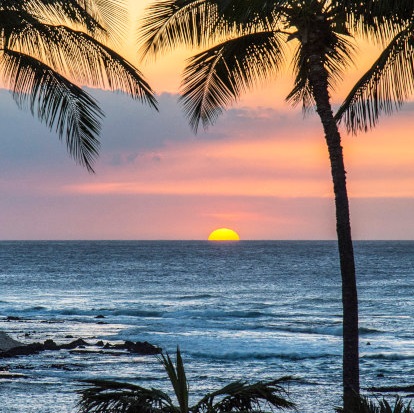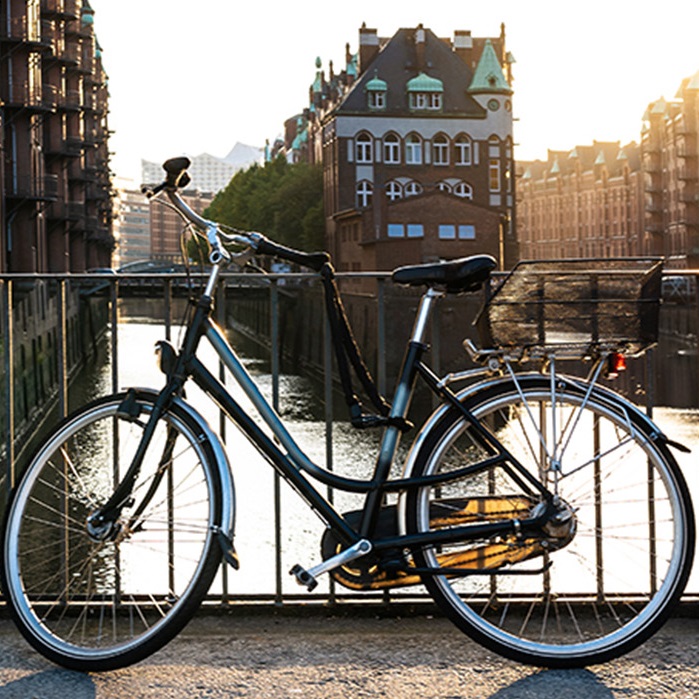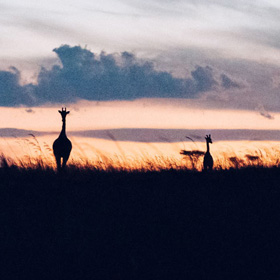When it comes to destinations that boast year-round appeal, Sri Lanka undoubtedly deserves a spot on the list. In true tropical country style, the wide range of landscapes and climates means there’s always a part of the country with pleasant weather, no matter the time of year. When monsoons tackle southwest Sri Lanka, the northeast is nice and dry – and vice versa. Warm temperatures are constant along the coast and plains, where it doesn't fall below 24°C, even at night. In the mountains, however, temperatures are slightly lower at 15-20°C (a welcome respite from the heat). Overall, the best time to visit Sri Lanka is between December and April for the southwest coast and May and September for the northeast parts of the country. After a more detailed breakdown? Read on for our month-by-month deep dive...
The West Coast of Sri Lanka
Temperatures are pleasant along the coast of Sri Lanka, with a maximum temperature between 28 and 32°C and a minimum between 22 and 26°C. March and June are the warmest months, while November and January are the coolest. When visiting Sri Lanka's western and southern regions, we recommend the period from December to March, where the lower temperatures make these months ideal for travel. Between May and October, the west coast is wetter than other regions. This is due to south-westerly winds bringing moisture from the Indian Ocean. It's worth bearing in mind that in Colombo, the coastal capital of Sri Lanka, the average annual humidity level is 70%, and close to 90% in June (during the monsoon season). During the south-western monsoon, note that mornings are often very sunny, with thunderstorms appearing in the afternoon.
The Highlands and Mountains
Unlike other parts of Sri Lanka, the Highlands can experience lower temperatures due to their elevation. For example, in Nuwara Eliya, which sits at an altitude of 6,100ft, the maximum temperature is 18°C in July, and 23°C in April, which is the highest for this area. Between January and June, temperatures can drop to just a little over 10°C. However, there is a striking difference in climate depending on whether travellers are on the east or western slopes of the mountains. Between May and October, for example, the western slopes experience more rainfall than the eastern slopes as they are not subject to south-westerly winds. Between December and March, northern Sri Lanka is subject to the north-eastern monsoon winds carried by the humidity of the Bay of Bengal. Therefore, the area can experience up to five inches of rainfall in a single month.
The East Coast of Sri Lanka
The best time to visit Sri Lanka's east coast is between May and September. It's always more enjoyable to travel during the dry season when there is less risk of getting caught in a downpour. Due to being protected by the high plateaus, the coast is very sunny and home to towns and villages to explore. As for the north-eastern monsoon, this has been noticeably absent in recent years.


























